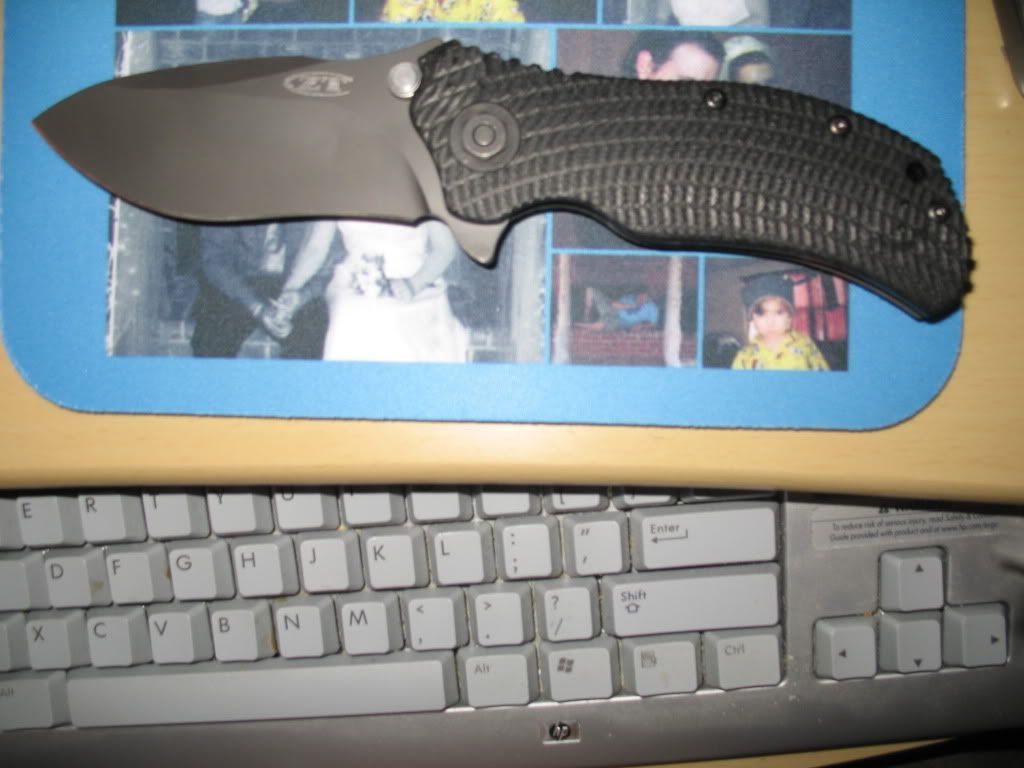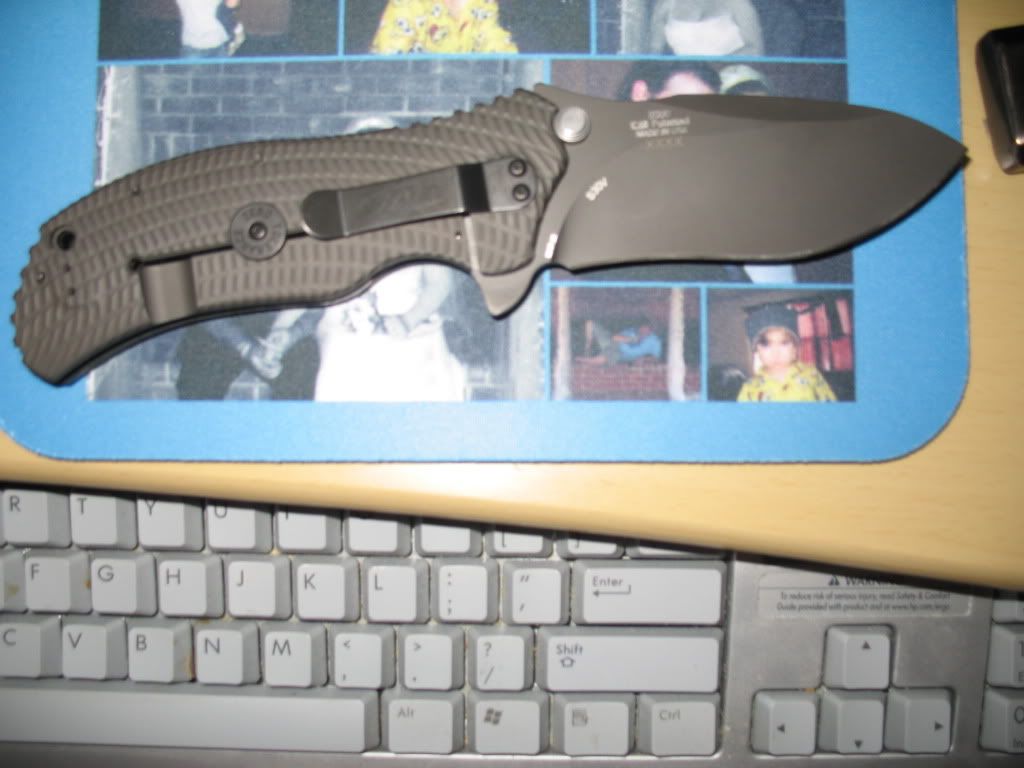Ok, So I visited Indyvets shop and bought a cheap little knife and when I got home I realized it was spring loaded. Yeah its a pretty neal lil guy but the quallity sucks. But for 13$ what would you expect? 
But after playing with this thing I really want a good one.
Would this be legal to order? Is it concidered an automatica knife?
I did just buy a cheap one at a gun shop.
I would say this does not apply because there is no button and no opening device at all on the handle. (the thumb opening thing is on the blade not the handle)
Indiana - 35-47-5-2. Knife with automatically opening blade
prohibited. -- It is a class B misdemeanor for a person to
manufacture, possess, display, offer, sell, lend, give
away, or purchase any knife with a blade that opens
automatically by hand pressure applied to a button,
spring, or other device in the handle of the knife.
Who makes a better knife? SOG or S&W?
here are knives im looking at.
Smith & Wesson MP Series Three Spring Assist Knife
SOG TWITCH XL Black Spring Assisted Knife - SOG Spring Assist by Knives4Wholesale
Savannah Spy&
Smith & Wesson MP Series One Spring Assist Knife
Im open to suggestions here?
Could I order one of these carry it and be within the confines of indiana law?

But after playing with this thing I really want a good one.
Would this be legal to order? Is it concidered an automatica knife?
I did just buy a cheap one at a gun shop.
I would say this does not apply because there is no button and no opening device at all on the handle. (the thumb opening thing is on the blade not the handle)
Indiana - 35-47-5-2. Knife with automatically opening blade
prohibited. -- It is a class B misdemeanor for a person to
manufacture, possess, display, offer, sell, lend, give
away, or purchase any knife with a blade that opens
automatically by hand pressure applied to a button,
spring, or other device in the handle of the knife.
Who makes a better knife? SOG or S&W?
here are knives im looking at.
Smith & Wesson MP Series Three Spring Assist Knife
SOG TWITCH XL Black Spring Assisted Knife - SOG Spring Assist by Knives4Wholesale
Savannah Spy&
Smith & Wesson MP Series One Spring Assist Knife
Im open to suggestions here?
Could I order one of these carry it and be within the confines of indiana law?






